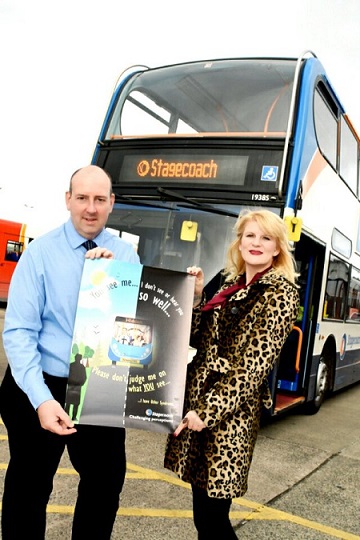
Recent research has shown the extent that modern adults use the internet (see Ofcom Research, 2011). As of 2011, some 80% of interviewed adults claimed that they used the internet with 32% using their mobile phone. So what do you do to enable your customers to enjoy a ‘mobile experience’?
As more and more users begin to find or use your website online, it is more important now than ever to optimise your site for smaller screens, lower bandwidth, and an even more demanding user. The mobile internet market has remained rather neglected in recent years, with most businesses just expecting the mobile user to use the same site. A little tip: This doesn’t work.
The best sites are those which have a FULL and MOBILE version. These change their site layout, adding bigger buttons, simplified designs and quick and easy to use structures to help users find what they need quickly. You should too.
Let’s take National Rail Enquiries as an example.
Their FULL site is great. Lots of colour, lots of search fields, a few adverts but overall easy to use and detailed.
But on a mobile device, this would take so long to load and users would spend half of their time zooming and scrolling. So instead, the creative guys at National Rail Enquiries made a sleek mobile version. Big buttons for common searches and a very reduced layout, focusing on the main items rather than images, adverts or themes.
The lesson. Translate your FULL site to mobile. Google made a push for this a few months ago and you should too. Smaller screens make for some clever web editing.
- Pick the top 3 features users use on your website and develop your site around this (you can find this through Google Analytics)
- Use key colours and logos on your site to brand your site but again, usability is the goal (see mobile image above)
- Key ideas come first. Phone numbers, emails, etc. These are most likely what users are looking for. Make it easy to find and make it clickable so clicking on a phone number calls it
- Test, test and then test again. Page load times need to be low as do image sizes (but check for quality)
Google have written some mobile optimisation advice articles so get yourself away and make your site mobile.
Mobile is the next step in your internet business strategy. Make it count.
















